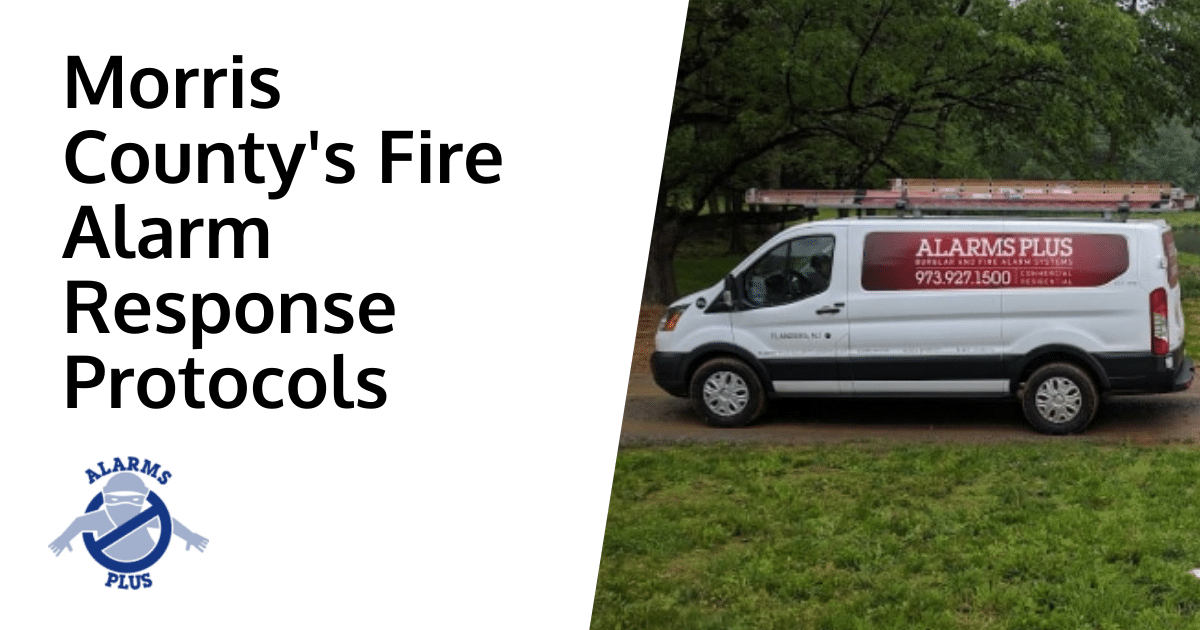Morris County, located in the State of New Jersey, has an efficient and systematic approach when it comes to fire alarm response protocols. The precise procedures implemented by the personnel in this locality aim to ensure the safety of citizens and property. This article will delve into Morris County’s fire alarm response protocols, reveal why they are vital, and how they assure the community’s well-being.
Understanding Fire Alarm Response Protocols
Fire alarm response protocols dictate the course of action that emergency response personnel follow once a fire alarm system activates. These protocols can differ based on the severity of the fire, the type of building involved, and the resources available at the time.
Key Components of Morris County’s Fire Alarm Response Protocol
While the specific protocols can vary depending on the situation, here are the primary components of Morris County’s fire dispatch procedure in general.
- Receiving the Fire Alarm notification.
- Dispatch of fire department personnel and resources.
- Evaluation of the extent and nature of the fire.
- Execution of appropriate firefighting techniques.
- Post-incident analysis and report writing.
Why are These Protocols Vital?
The protocols are essential as there is no room for mistake when a fire alarm is triggered. They ensure that the response teams are acting promptly, efficiently, and prioritizing the safety of the public.
Fast and Effective Response
As soon as a fire alarm is triggered, the minimized response time is vital to containing the fire. Morris County’s systematic protocol enables a swift response to any fire emergency.
Resource Allocation
An effective fire response requires the right resources. Based on the fire’s nature and scope, the protocol ensures the most appropriate resources are dispatched.
Frequently Asked Questions
While discussing Morris County’s fire alarm response protocols, a few questions frequently arise. These include:
- How are fire alarm signals transmitted in Morris County?
- What’s the average response time in Morris County?
- Does the protocol change based on the type of building?
Different buildings may use different alarm systems, but typically, wireless transmission or direct electrical connections are used to transmit fire alarm signals to emergency response centers.
The response time can vary, but the county’s fire departments strive to respond within five minutes of receiving a fire alarm.
Yes, the protocols can differ based on whether the building is residential, commercial, or industrial, and the number of levels it contains.
Conclusion
Fire alarm response protocols in Morris County are meticulously designed to provide maximum safety and minimum damage. They ensure a swift, efficient, and effective response to fire alerts, highlighting the commitment of the county’s fire departments to public safety.

